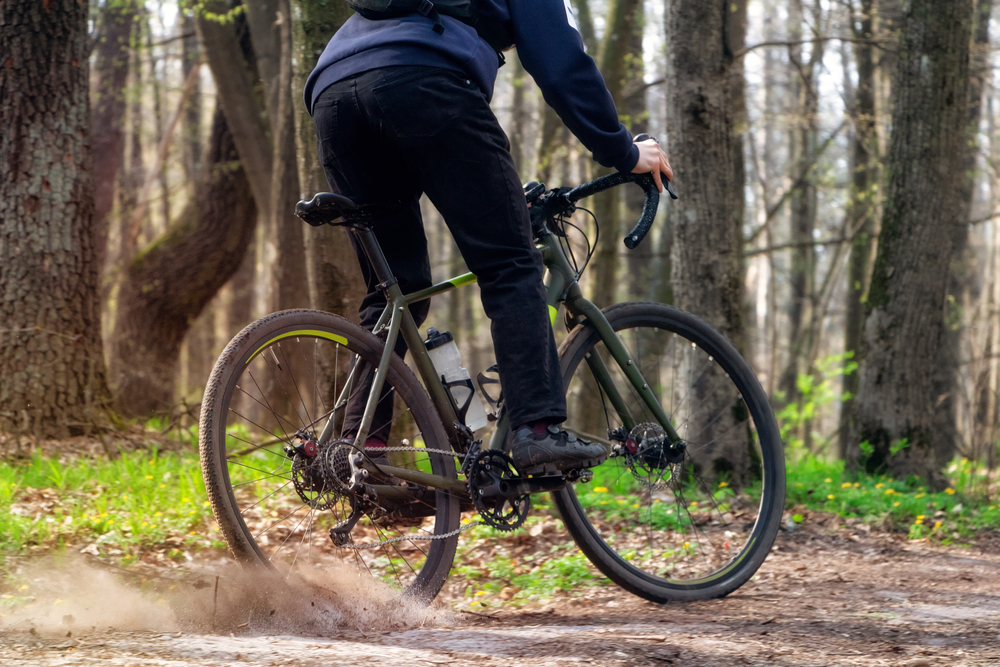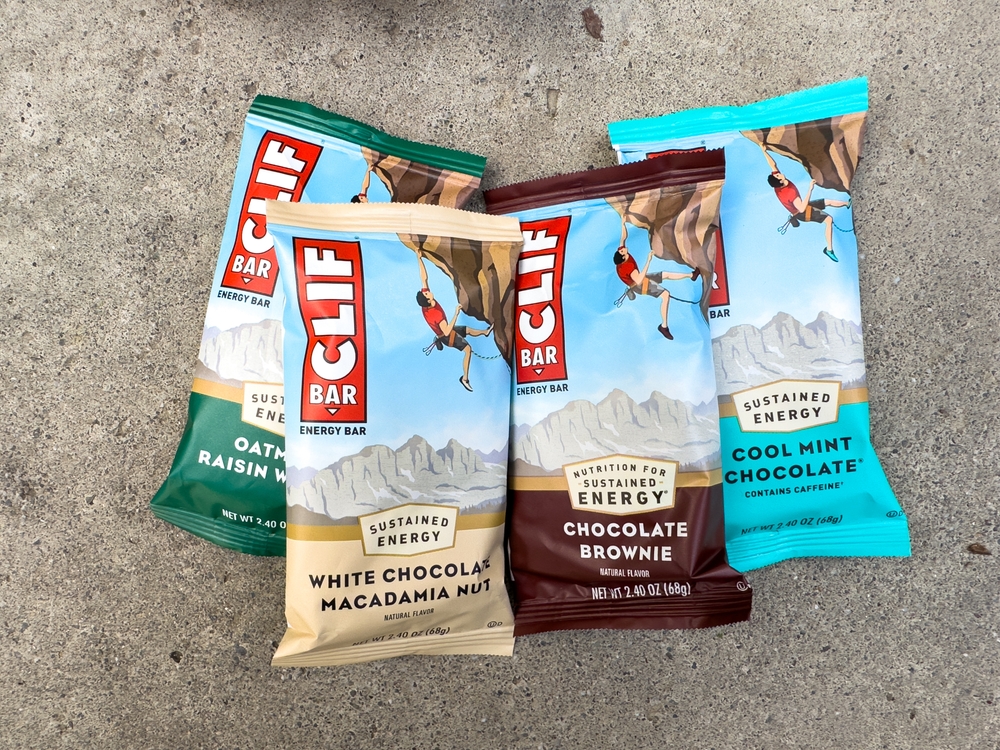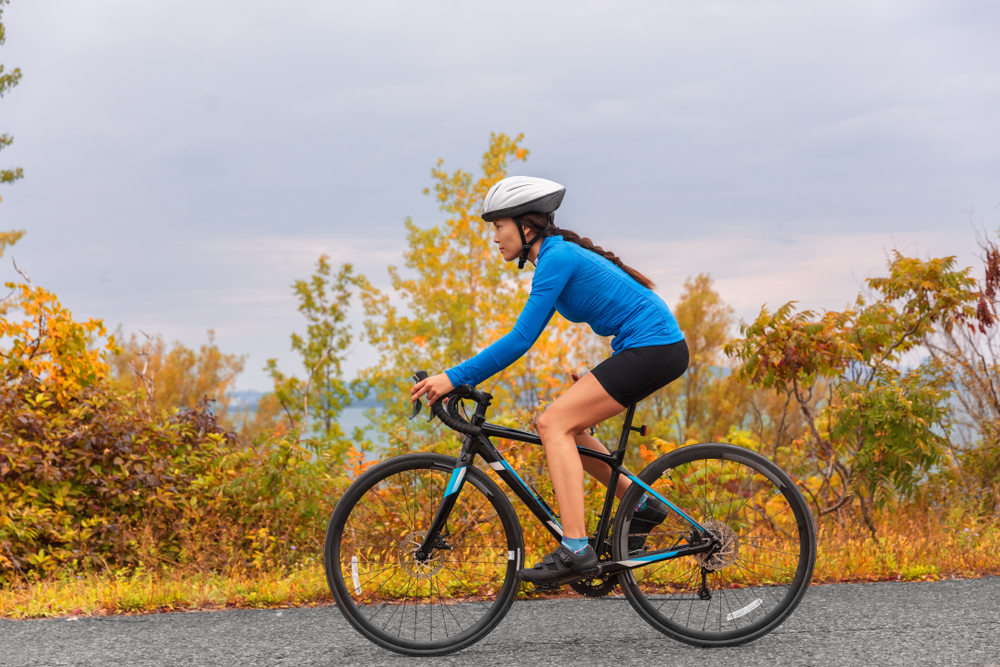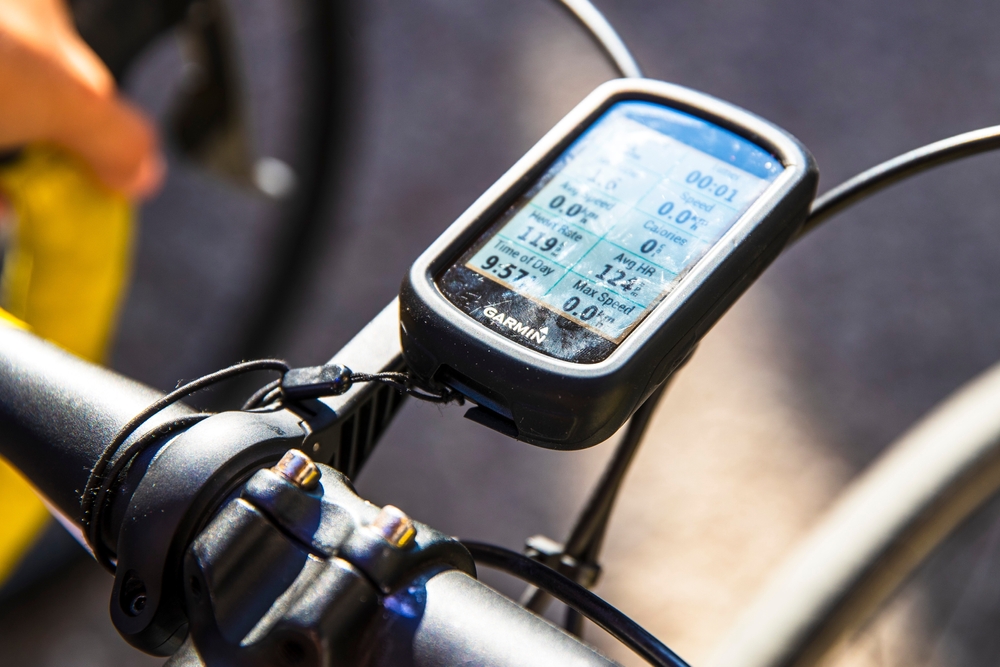Best BMX Bikes
BMX biking has grown in popularity over the years. Riders of all ages enjoy the thrill and skill it demands. Choosing the best BMX bike depends on various factors including type, material, and use. Here, we’ll dive into the top contenders, covering the essentials you need to know.
Types of BMX Bikes
BMX bikes come in different types tailored for specific activities. Understanding these types helps in making an informed decision.
Freestyle
Freestyle BMX bikes are designed for tricks, stunts, and street riding. They often feature a sturdy frame and forks, with pegs for grinds and other tricks.
Race
Race BMX bikes are built for speed and agility. They typically have lighter frames, thin wheels, and are optimized for track racing.
Dirt
Dirt BMX bikes are ideal for off-road trails and jumps. They generally have knobby tires for better grip and are designed to handle rough terrain.
Flatland
Flatland BMX bikes are specialized for intricate, ground-level tricks. They have a unique frame geometry and often lack features like pegs or brakes for cleaner spinning tricks.
Frame Materials
The material of the frame significantly impacts the bike’s performance. Let’s look at the commonly used materials.
Chromoly
Chromoly is an alloy of chrome and molybdenum. It’s strong and lightweight, making it a popular choice for high-performance BMX bikes. Bikes with chromoly frames tend to be more expensive but offer superior strength and durability.
Aluminum
Aluminum frames are lightweight and rust-resistant. They are often used in race BMX bikes. However, aluminum can be less durable than chromoly under extreme stress.
Hi-Ten Steel
High-tensile steel is a more affordable option. It’s strong but heavier. Hi-Ten steel is common in entry-level BMX bikes. Although heavier, such bikes are usually quite durable.
Top BMX Bike Models
Here are some of the top models you should consider when looking for the best BMX bikes.
Mongoose Legion L500
The Mongoose Legion L500 is a popular choice for both beginners and seasoned riders. It features a full chromoly frame and fork, double-walled rims, and integrated headset. Its versatility makes it suitable for street, park, and dirt riding.
Redline Proline Expert XL
The Redline Proline Expert XL is a race BMX bike that impresses with its lightweight aluminum alloy frame. It has a tapered headtube and race-specific geometry. It’s perfect for those looking to gain a competitive edge on the track.
Sunday Bikes Primer 2021
The Sunday Bikes Primer 2021 is a solid choice for freestyle BMX enthusiasts. With a chromoly downtube, sealed bottom bracket, and integrated headset, it’s built for durability and performance. The responsive geometry is ideal for progressing your skills.
Kink Launch
The Kink Launch is a great entry-level freestyle bike. It features a Hi-Ten steel frame, 3-piece chromoly cranks, and a Mission Cease V2 brake. It’s an affordable option that doesn’t compromise on quality.
Important Features
Several key features should be considered when buying a BMX bike.
Frame Geometry
The geometry of the frame influences how the bike handles. Different setups are better suited for different riding styles, whether it’s freestyle, racing, or dirt jumping.
Wheels and Tires
Freestyle bikes typically have thicker, more durable tires for absorbing impacts. Race bikes have lighter, narrower tires for speed. Dirt bikes favor knobby tires for better grip on rough terrain.
Handlebars
Handlebars vary in size and shape. Wider bars offer better control for freestyle riding, while narrow bars are more aerodynamic for racing.
Brakes
Most freestyle BMX bikes use U-brakes for better modulation and tire clearance. Race bikes often use V-brakes for weight reduction and reliability.
Pegs
Pegs are essential for certain tricks and grinding. Freestyle bikes often come with pegs, but race and dirt bikes usually do not, to reduce weight and complexity.
Customization and Upgrades
A unique aspect of BMX bikes is the ability to customize and upgrade. Riders often swap out parts to match their style or improve performance.
Grips
Grips can wear out quickly and are often replaced for better comfort and control. Popular options include ODI Longnecks and Cult Vans grips.
Sprockets
Changing the sprocket size can adjust the bike’s gear ratio. This can make it easier or harder to pedal depending on your riding style.
Pedals
Many riders prefer to swap out stock pedals for models with better grip or lighter materials. Platforms with metal pins provide excellent grip for freestyle riding.
Seat
Upgrading to a more comfortable or stylish seat is a common modification. Pivotal and railed seats are popular choices depending on the bike’s setup.
Maintenance Tips
Regular maintenance ensures the longevity and performance of your BMX bike.
- Check tire pressure regularly and inflate as needed.
- Keep the chain clean and properly lubricated.
- Inspect the frame and components for any cracks or damage.
- Tighten bolts and screws to manufacturer specifications.
- Replace worn-out brake pads and cables.
- Keep handlebars aligned and tighten the stem bolts.
By following these basic maintenance steps, you can keep your BMX bike in top condition.
Choosing the best BMX bike involves understanding the type, material, and specific features suitable for your riding style. From freestyle to racing, each type has its ideal setup and specifications. Whether you’re a beginner or looking to upgrade, the options available cater to various preferences and budgets. Through regular maintenance and possible upgrades, these bikes can offer years of enjoyable riding experiences.






